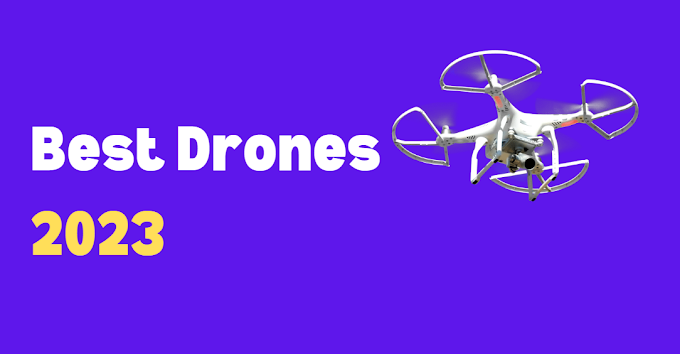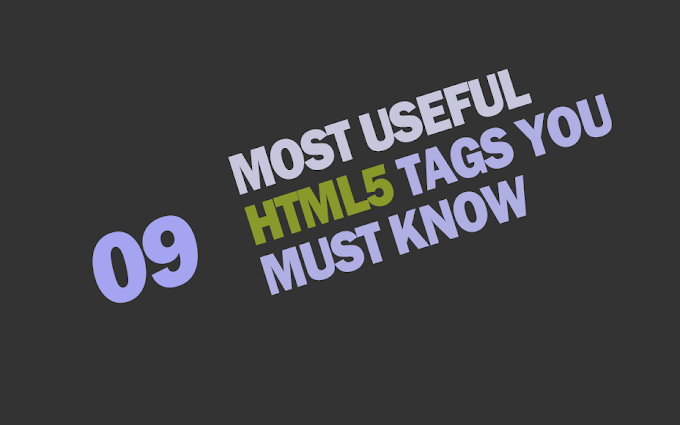The development of artificial intelligence (AI) has come a long way in recent years, and one area that has particularly gained traction is conversational AI. With the advent of chatbots and virtual assistants, it is now possible for people to interact with machines in a natural, human-like manner.
One of the latest innovations in this field is chat GPT, or Generative Pre-trained Transformer. This technology allows for the creation of chatbots that can generate human-like responses in real-time, making for more seamless and natural conversations.
So, what exactly is chat GPT, and what does the future hold for this technology? Let's take a closer look.
What is Chat GPT?
At a high level, GPT (Generative Pre-trained Transformer) is a type of machine learning model that is trained to generate natural language text. It works by processing a large dataset of text and learning the patterns and structures of the language. This allows it to generate text that is coherent and reads like it was written by a human.
Chat GPT takes this technology a step further by applying it to the realm of chatbots and virtual assistants. It allows these conversational AI systems to generate responses to user queries in real-time, making for more natural and engaging conversations.
One of the key advantages of chat GPT is that it can generate responses that are contextually relevant to the conversation. This means that it can understand the context and purpose of the conversation and generate responses that align with that. For example, if a user asks a chatbot about the weather, the chatbot might generate a response that includes the current temperature and forecast for the day.
The Future of Chat GPT
The potential applications of chat GPT are vast and varied. Here are a few areas where it could have a significant impact in the future:
Customer Service
One of the most obvious applications of chat GPT is in the realm of customer service. Chatbots powered by this technology could handle a wide range of customer inquiries, from simple questions about products and services to more complex issues requiring problem-solving.
With chat GPT, chatbots would be able to understand the context and intent of the customer's query and generate appropriate responses in real-time. This would allow companies to provide efficient and personalized customer service at scale, potentially reducing the need for human customer service agents.
Personal Assistance
In addition to customer service, chat GPT could also be used to create virtual assistants that can assist with a wide range of tasks. These assistants could handle everything from setting reminders and making appointments to conducting research and providing recommendations.
By leveraging chat GPT, these virtual assistants would be able to understand the context and intent of the user's requests and provide appropriate responses in real-time. This would make them more effective and efficient at helping users accomplish their tasks.
Education and Training
Another potential application of chat GPT is in the realm of education and training. Chatbots powered by this technology could be used to create interactive learning experiences for students. They could provide personalized feedback, answer questions, and offer guidance on coursework.
With chat GPT, these chatbots would be able to understand the context and intent of the student's queries and provide relevant and accurate responses. This could make the learning process more engaging and effective for students.
Conclusion
Overall, chat GPT represents a major




![[Cupons] Paid udemy courses for free](https://blogger.googleusercontent.com/img/b/R29vZ2xl/AVvXsEgYa-f_8UEE95d9stpdRzq6_DUq19avn09M2CVWIuQGI_PwaZBMcNhuHmPZQsw81GMeWwUY2Q-Cr66RoAmMq1f_pok6pdv-W86qc9_wWSxqXEq_RHYyRY0Ldly_yi2DSfyed4Cxiks6Nbzp/w680/Paid+udemy+courses+for+free.png)






0 Comments
If you have any question please ask?